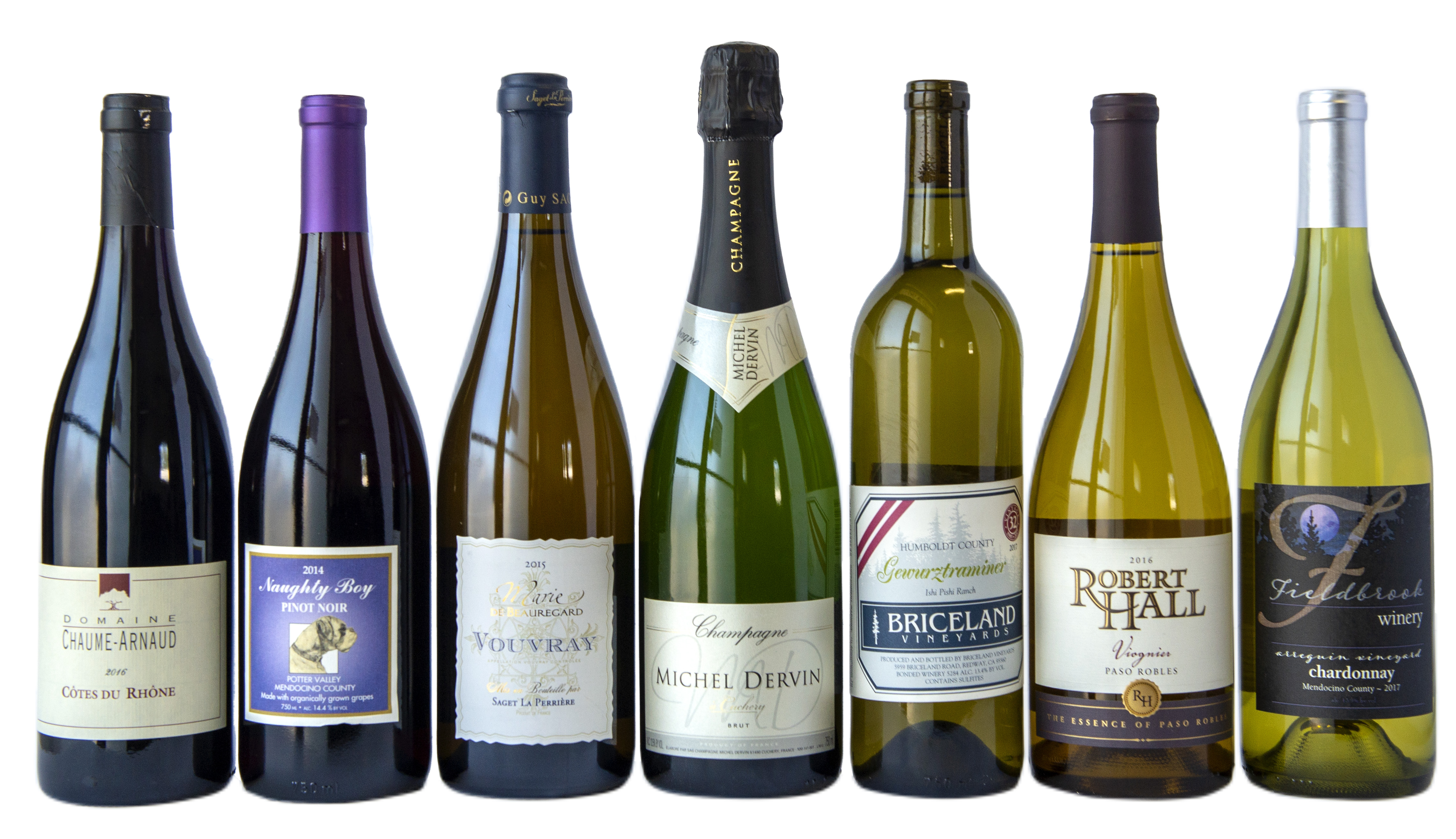
The World of Wine | Fall Quarterly 2018
Can Cheap Wine Be Good? And Other Mysteries of the Wine World
 Drinking wine is such a wonderful pleasure. But the cost of consuming wine can add up, especially if you want to a have a glass or two with your meal each night. For most of us who enjoy wine, the question becomes: how do you shop for wine that tastes good, but doesn’t break your budget?
Drinking wine is such a wonderful pleasure. But the cost of consuming wine can add up, especially if you want to a have a glass or two with your meal each night. For most of us who enjoy wine, the question becomes: how do you shop for wine that tastes good, but doesn’t break your budget?
Pricing in the wine world can be mysterious—sometimes inexpensive wine tastes great. However, once you understand how winemakers calculate their costs, you can make informed choices and be a smarter wine shopper.
The greatest cost in winemaking is the grapes. If you own the land outright, you don’t have to pay a mortgage or buy grapes from someone else. This substantially reduces the cost of making your wine. Wineries that have been producing for several generations usually own their grapes, which is most often the case with many French, Italian, and Spanish wineries. This explains why inexpensive European wines can taste good, but finding the same quality in wines from west coast states, such as California or Oregon, is harder.
As with all human-made goods, mass production reduces costs and allows the seller to sell for less. Wine is no different. Well-known brands such as Bogle or Fisheye produce thousands of cases of wine, so their prices are lower. The grapes for those wines are sourced from multiple places and are produced to taste the same each year. Cabernet Sauvignon 2014 should taste the same as 2015, etc. It is this consistency that makes them popular.
When a wine is made from grapes that are all grown in a specific vineyard, the flavor of the wine is more distinct because the grapes were all produced in the exact same climate and in the same soil. This is what “terroir” is; wine that tastes of grapes grown in a specific location and climate in a specific year. When a winemaker can make a wine that is this specific, it makes the wine unique, and in the wine world, uniqueness is prized and often more costly. Much of the mystery of labeling on European wine is to designate regions and vineyard-specific wine for people who understand those specifics and know what they want to drink.
California and Oregon wines also display vineyard names and regions, known as AVAs – American Viticultural Areas. Napa, Sonoma, Los Carneros, and yes, even Willow Creek, are designated AVAs. When a wine label has those words on it, that means the grapes were grown in that location, and are not diluted by grapes from somewhere else. Wine using grapes from multiple AVAs produce good tasting wine, but in the wine world, the higher prices are reserved for wines produced from grapes grown in AVAs with the most desirable terroir, such as Cabernet Sauvignon from Los Carneros in Napa Valley or Pinot Noir from Anderson Valley.
Wine made locally by Humboldt winemakers is usually higher priced than other California wines, because small producers have to buy their grapes from a farmer. So the extra $5-8 dollars a bottle you pay for a local wine is not padding the pocket of the winemaker, it is covering their costs of production. Buying local wine is supporting your neighbor’s livelihood.

